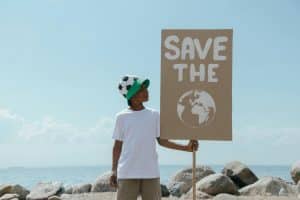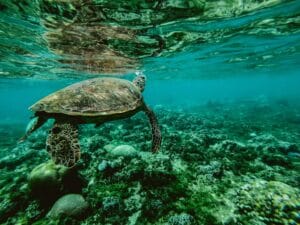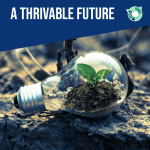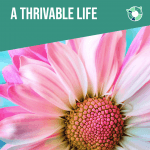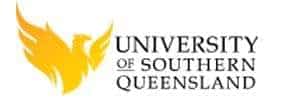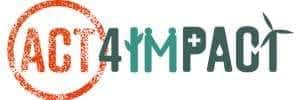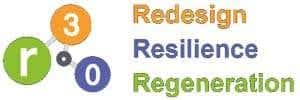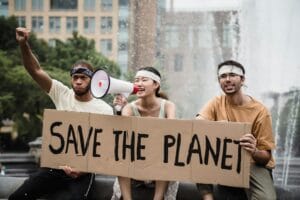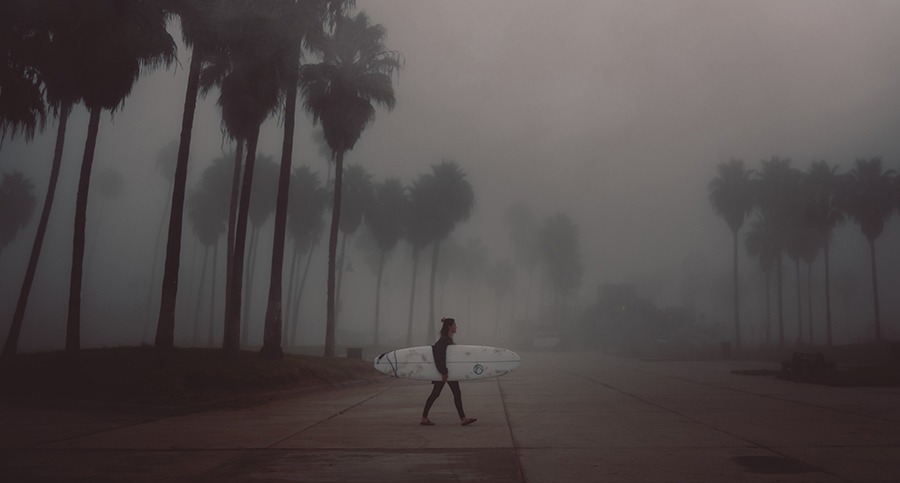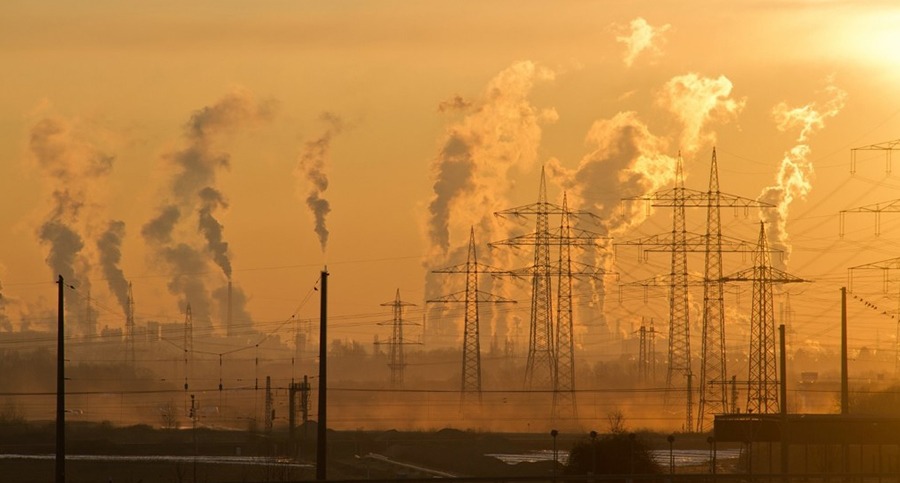Content warning: this news article contains images of deceased sea creatures and birds that some viewers may find distressing. (No blood, no gore.)
Algal Bloom: What is it and why does it matter?
Algae are a natural part of a healthy, biodiverse marine environment. Algal blooms have been documented worldwide for centuries (Howard, 2023). These photosynthetic organisms form the base of the marine food chain and produce between 30 – 50% of the world’s oxygen (Lewin & Anderson, 2025). However, with global temperatures and weather patterns changing owing to climate change, these aquatic organisms can quickly become a danger to humans and wildlife alike. They impact health, recreation, resources, and businesses. One such example is the current situation happening along the coast of South Australia.
Yesterday I went for a walk along the beach
Living in Adelaide, Australia, surrounded by beautiful beaches, my wife and I spend most weekends at the coast. Swimming in the ocean, exploring the limestone cliff faces full of fossils, snorkelling around the reef, or paddleboarding along the Onkaparinga. It’s where we feel the happiest. It’s where we go to recharge and escape the harder parts of life. We leave feeling centred and refreshed.
But yesterday we left with coughs, sore throats, and a camera reel full of photos of beached marine life. This is the reality of the ecological disaster unfolding in South Australian waters.
What caused the algal bloom?
Algal blooms are an example of how climate change is affecting marine wildlife. Algal blooms exist as a natural part of the ocean’s lifecycles and usually dissipate before they reach dangerous numbers. However, changing climates are resulting in more and more incidences of Harmful Algal Blooms (HABs).
Climate Events
Multiple unexpected climate events have contributed to South Australia’s current HAB. The 2022-2023 River Murray flood event, the largest since 1956, was the third-highest flood ever recorded in Australia. It resulted in extra nutrients pouring from the river mouth into Encounter Bay (Government of South Australia, 2025a). The following summer saw an unprecedented cold-water upwelling. This brought even more nutrient-rich water to the surface. September 2024 saw the start of a marine heatwave, causing sea temperatures on average 2.5°C warmer than usual (Government of South Australia, 2025b).
The Perfect Storm
This combination of climate change-related events created a perfect storm. The result, an overgrowth of the algae Karenia mikimotoi along the Fleurieu Peninsula, Kangaroo Island, and the southern coast of the Yorke Peninsula. While strong winds would normally dissipate such a bloom, South Australia also experienced unusually calm sea conditions during this time (Government of South Australia, 2025b).
What are the effects of Harmful Algal Blooms?
The health of our oceans has a direct impact on human well-being. The effects of the South Australian HAB were first noticed in early March 2025. Beachgoers at Waitpinga Beach reported flu-like symptoms during their visit. The following day, a brown foam began appearing, bringing dead sea creatures with it (Kelsall & Horn, 2025).
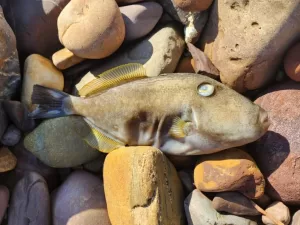
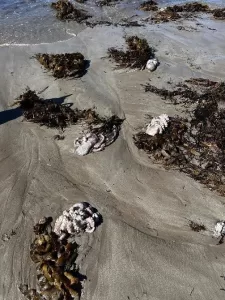
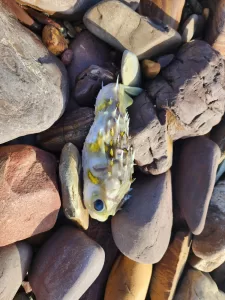
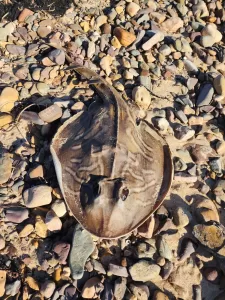
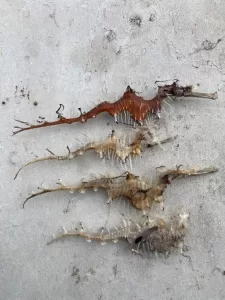
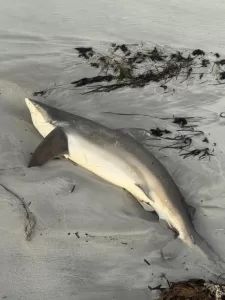
Effects on Humans
While Karenia mikimotoi, the species of algae responsible for the bloom, does not cause long-term effects in humans, it can cause a variety of short-term symptoms (Environment Protection Authority, 2025). Breathing in aerosolised particles while walking on the beach can cause coughing and shortness of breath. Exposure to affected water can cause skin and eye irritation. Ingesting affected water can cause vomiting, diarrhoea, and abdominal cramps (Government of South Australia, 2025b).
Effects on Marine Life
The effects of Karenia mikimotoi on marine wildlife are more dire than the effects on humans. The algae damage the gills and prevent fish from breathing. Some strains of Karenia algae that produce neurotoxins have also been identified as part of the current HAB, further impacting marine wildlife (Doherty, 2025). The foam created by the algae can also damage the waterproofing on the feathers of sea birds, leading to their death (Howard, 2023). To date, citizen scientists have recorded more than 8,850 observations of dead marine wildlife along South Australia’s shores (iNaturalistAU, 2025). Those recorded represent more than 400 species, including sharks, rays, fish, sea dragons, cuttlefish, octopuses, squids, crabs, shellfish, and even swans, penguins, and seals.
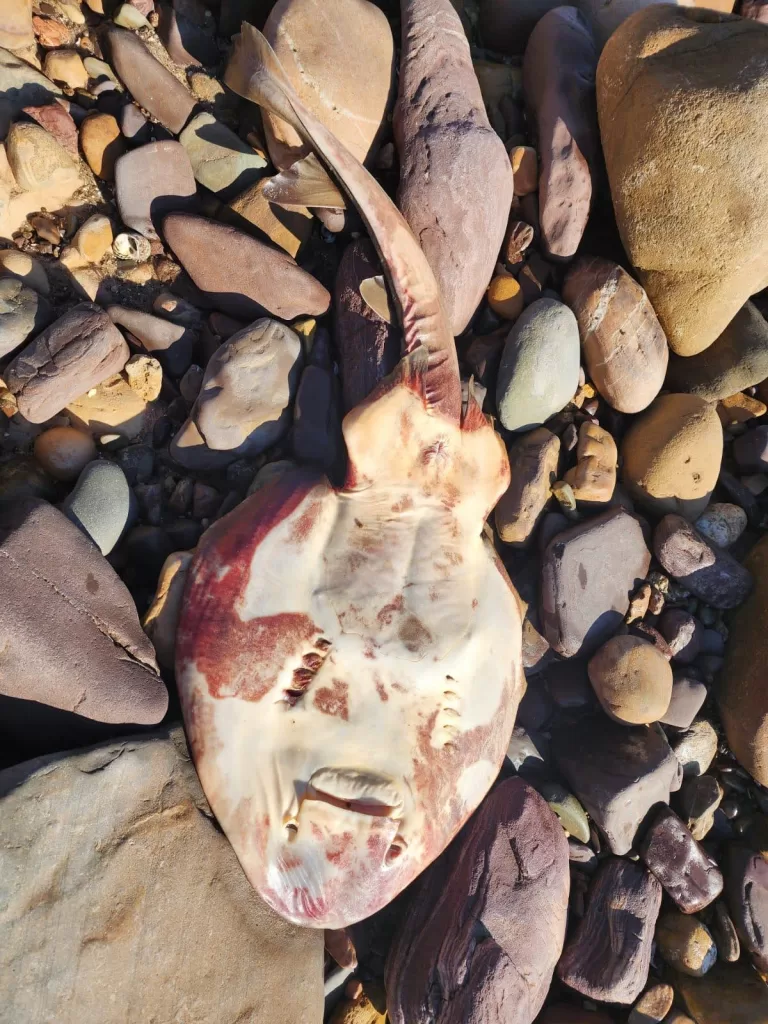
Source: Kim @ THRIVE Project
Effects on the Economy
These health effects on humans and marine wildlife have resulted in a follow-on economic effect. Owing to the dangers of harvesting and selling dead or dying shellfish, all commercial pipi (type of clam) harvesting in the area was halted on the 16th of April 2025. Closures of oyster harvesting areas following on the 19th May 2025 (Government of South Australia, 2025b). Commercial fishermen have reported a severe reduction in the availability of bait and the number of fish being caught. Tourist organisations have faced mass cancellations (Keane, 2025).
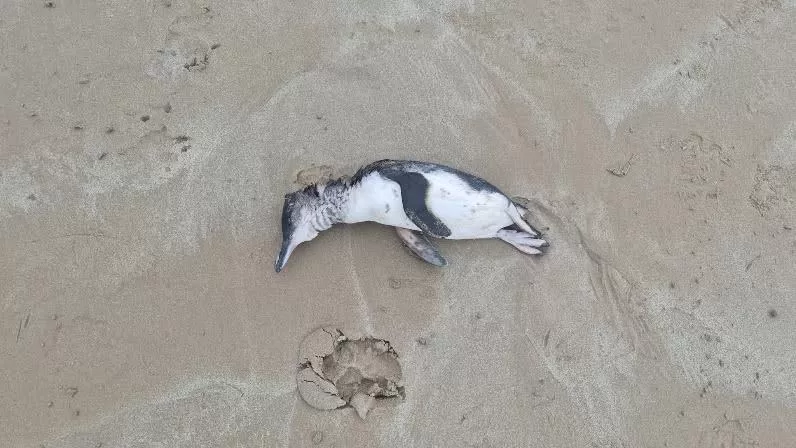
Source: Observation © goolwa
Where is the algal bloom now?
A king tide, an exceptionally high tide, fuelled by storms and strong winds, hit South Australia during the last week of May 2025. Instead of dissipating the algal bloom as expected, it appears to have spread. There have been cases of hundreds of dead cuttlefish washing up near Tumby Bay on the Eyre Peninsula. There are reported sightings of dead wildlife and algae foam on all Adelaide metropolitan beaches, and marine worms washing up along the shores of the Coorong (McDonald, 2025).
The presence of algae within the Coorong is particularly worrying as, given the nature of coastal lagoons, once something enters the ecosystem, it is unlikely to leave (Thomson & Treloar, 2025). The Coorong’s high salinity levels, stagnant water, and warm conditions mean that the algae is likely to thrive in its new environment. This will severely disrupt the food chain and cause further damage to the local ecosystem.
What can be done?
As far as we know, there is nothing that can be done to end a HAB event once it has begun. While most disperse naturally within three to four months, those that extend past this point, as the current event has, usually last between 18 months and 2 years (MacLennan, 2025). This means that the South Australian coast may continue to experience the effects of the HAB until mid-2027. Marine ecosystems are usually quick to recover from short HAB events. However, those that last two years or longer can have major ecological repercussions for marine populations (MacLennan, 2025). Most species of marine life are able to delay breeding periods, or leave the area to breed elsewhere without much detriment to their populations. Being forced to do so for multiple years in a row can lead to the loss of species from the ecosystem (MacLennan, 2025).
Conclusion and Call to Action
HABs are merely a symptom of the Complex Wicked Problem that is climate change. It is well-documented that climate change has had a negative impact on the health of marine ecosystems. It causes rising temperatures, acidification, and deoxygenation. This directly increase the occurrence and intensity of co-stressors such as HABs (Griffith & Gobler, 2020). If we fail to act, we are dooming ourselves to a life without any of the environmental, recreational, and economic benefits that our waterways currently provide.
SDGs and the THRIVE Framework
Several of the United Nations’ Sustainable Development Goals acknowledge that this is an issue that requires our immediate attention. Namely SDG13: Climate Action encourages urgent efforts to combat climate change and its effects. Alsom, SDG14: Life Below Water, aims to protect and manage the oceans, seas, and marine resources. However, sustainability alone is not enough. THRIVE Project looks beyond sustainability by focusing on holistic solutions to issues. It is vital to acknowledge that everything on Earth is interconnected. Often, solving one issue alone can lead to bigger issues elsewhere.
The THRIVE Framework
Using the THRIVE Framework, part of the Systemic Holistic Model, we must acknowledge that our oceans, like most things on Earth, are a Finite Resource. Our society and economy can only exist within the parameters of what the natural world provides. We must set Science-Based Targets to work towards not only stopping the effects of climate change, but also reversing it and healing our world. This can be helped by focusing on Strong Sustainability by only using resources where their use does not exceed their regeneration. We must go beyond merely minimising harm to actively restoring ecosystems.
Find Out More
It is only by working together that we can make a difference, so get involved! THRIVE has monthly webinars, newsletters, podcasts, and blog posts which discuss how to become more thrivable and reduce your impact on the environment. Check out the website to find out how you can join THRIVE.
Author: Kim Woolley
Further reading:
– Biodiversity and Nature Outreach Cluster
– Ocean Governance Outreach Cluster
– The THRIVE Framework: Finite Resources
Images from iNaturalist are shared with permission. License can be found here.
Why trust us?
At THRIVE Project, we’re all about facts that matter—and a future that flourishes. Our team of researchers, writers, and thrivability experts dig deep into the science so you don’t have to. Everything we publish is based on credible sources, double-checked for accuracy, and written with one goal in mind: helping you make sense of the world and how to improve it. We’re independent, non-profit, and here to spark real change with knowledge you can count on. Find out more about our team.
– THRIVE Project



